Tetzahuitl, the Conquest announced by the gods
The Tetzahuitl is an "extraordinary or portentous event with messages from the gods", and for its translation into Spanish, the terms "presage" or "portentous" are used.
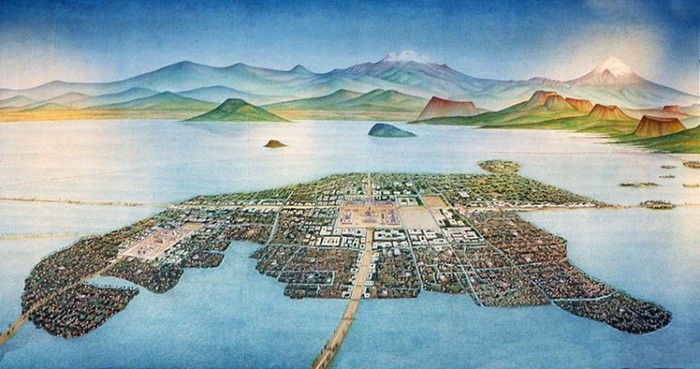
Did you know that the Florentine Codex lists eight "omens" of the Conquest that are known as Tetzahuitl and that began to manifest 10 years before the arrival of the Spaniards? The Tetzahuitl did not necessarily announce negative or disastrous events, but they could disrupt the order of everyday life in people's lives as well as in social or political affairs.
In the year 12 Casa, approximately a decade before the arrival of the Spanish conquistadors to the territory we know today as Mexico, a particular event took place that could be seen in the sky. According to the description, it was a "spike of fire", "aurora" or "flame" that was seen every night for a year and only disappeared with the light of the Sun. This event awakened cries and generated terror among the people, as everyone suspected that it was the sign of an evil to come.
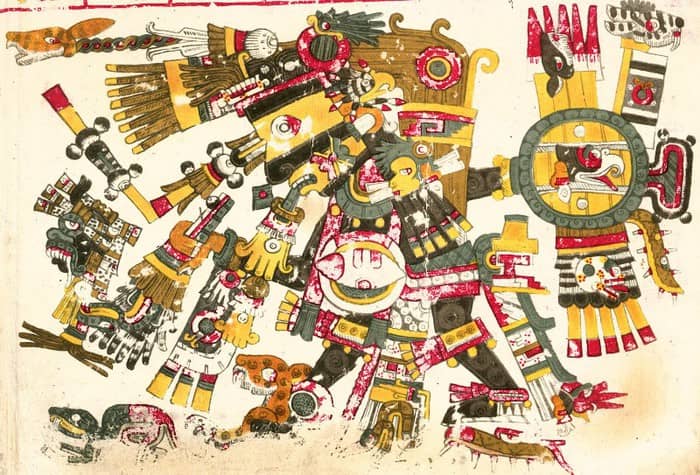
This type of event or manifestation is known as Tetzahuitl and occupies an important place in the Nahuatl cosmogony and tradition. According to researcher and historian Miguel Pastrana Flores, Tetzahuitl is considered an "extraordinary event or portentous fact with messages from the gods", and for its translation into Spanish the terms "omen" or " presage" are usually used.
However, as Pastrana Flores points out, these words are not enough to understand the complexity of this term, since there are insufficient interpretations due to the prejudices of Western historiography that oppose or reject these omens by reducing them to falsehoods, fantasies, fanaticism, or superstition, or by finding their origin in natural phenomena, thus depriving the indigenous people of the ability to interpret their surroundings and erasing the history and meaning that these manifestations occupied in their understanding of the course of history.
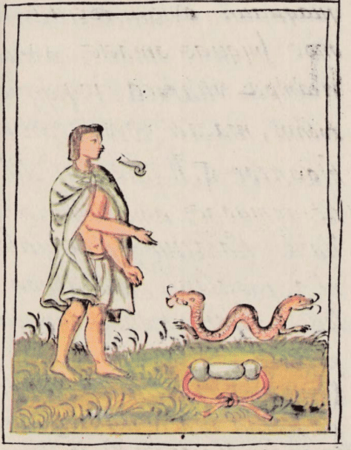
"Tetzahuitl is a certain form of manifestation of the Nahua gods in the human sphere, which breaks the usual and daily order of the world to announce and provoke future events, generally of a negative nature; that is why they usually cause fear, fright, and amazement," says Pastrana.
The Tetzahuitl did not necessarily announce negative or disastrous events; moreover, they could disrupt the order of daily life, both in people's lives and in social or political matters whose changes were of great importance or drastically marked the future. For researcher Alfredo López Austin, the Tetzahuitl were "signs of divine determinations not yet fulfilled". As this historian indicates, the words composed with the root "tetzauh" pointed out that a given event was a "sign of augury", which could be transparent or need to be interpreted or unraveled using a ritual procedure.
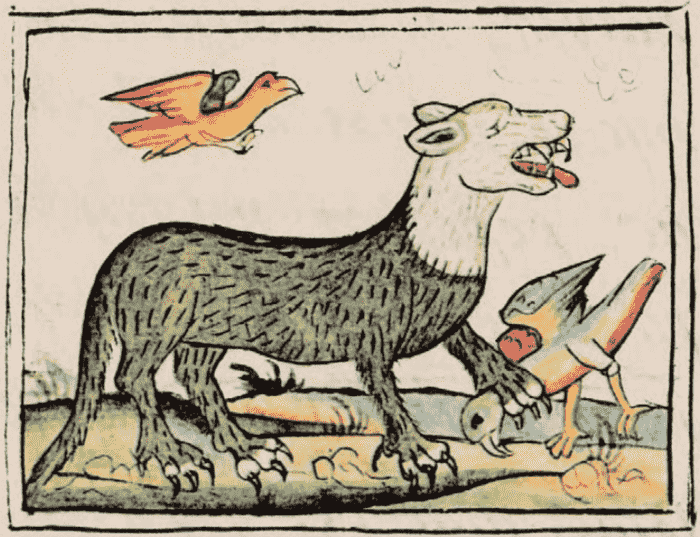
It is with the Tetzahuitl that the gods communicate great tragedies or human events through messengers. Some of these messengers, as Lopez Austin points out, may be the gods themselves or certain animals such as the coyote, the rabbit, the owl, or the weasel, which were known as yaotequihuaque.
"They communicate to men the near future, which in many cases is the god's determination... Direct or indirect hierophanies are thus transformed into forms of communication that bring the wonderful closer to human daily life," says López Austin.
Among the events that were communicated through the Tetzahuitl are great calamities, such as famines, deaths, epidemics, and wars. Among these events are of course the arrival of the Spanish conquerors, the Conquest, and the fall of the Mexica and Montezuma empires.
Precisely in the Florentine Codex, there are eight omens related to the Conquest that were collected by the Franciscan Bernardino de Sahagún.
The first omen is the fact that it is narrated at the beginning of this text and that it is known as tlemiahuatl (spike of fire) or mixpantli (flag of clouds); it is one of the most widespread Tetzahuitl and has been found in various sources.
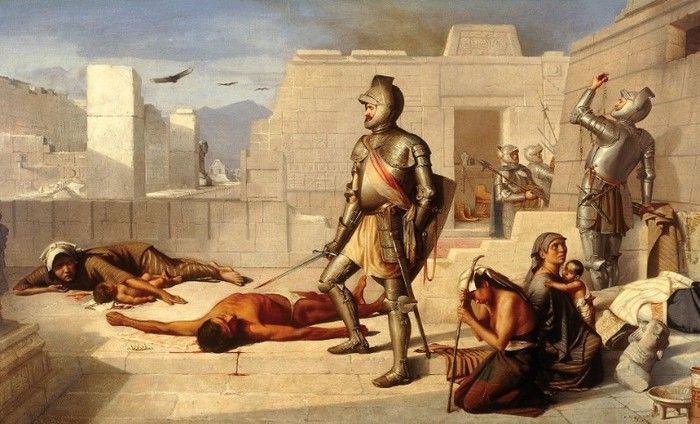
The second is the fire that occurred in the Temple of Huitzilopochtli, which could not be extinguished because although there was an attempt to mitigate it with water, all the efforts were only to rekindle its fire.
The third omen is the fire in the Temple of Xiuhtecuhtli, generated by the fall of lightning that appeared while a heavy drizzle was taking place.
The fourth omen is described as the sighting of "fire in the sky that arose from the side where the sun sets", this phenomenon is equated to a comet.
The fifth is the raging or boiling water of the lake that violently jumped and flooded and destroyed several houses.
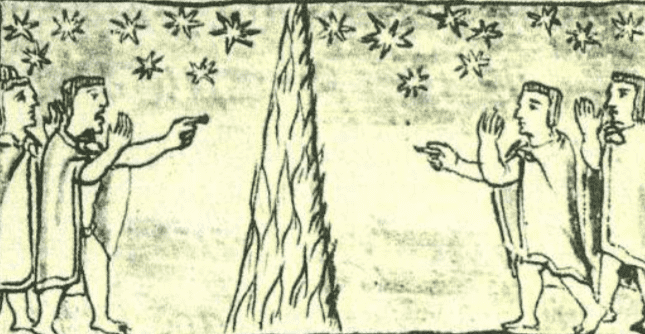
The sixth Tetzahuitl is the presence of the goddess Cihuacóatl, who appeared at night with the cry of "Oh, my children, your destruction has come".
The seventh omen is the discovery by fishermen of a bird, apparently, a crane that had a kind of mirror on its head, which was taken to Moctezuma, who, when looking through the mirror, saw the stars, war, and men riding on deer.
Finally, the last omen is the sighting of "monsters", "deformed" or "two-headed people" who, once they were taken with Montezuma and seen by him, disappeared.
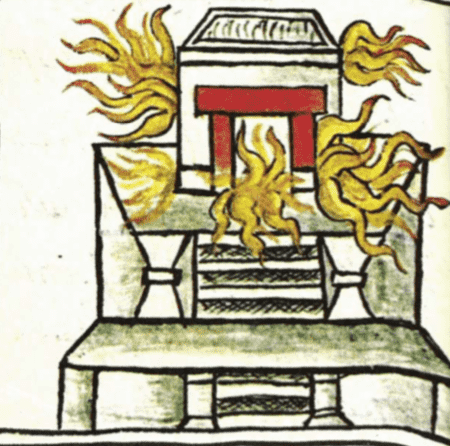
The unraveled meaning or significance of each of these omens is related to misery, bad harvests, hunger, war, death of the rulers, widespread death, damage, sorrow, work, the end of an era, and the disruption of the natural order of things, which in turn is related to the Conquest, the vision of the men of war riding on deer being the most evident image of the arrival of the Spaniards in Tenochtitlan.
The idea of Tetzahuitl reveals the Nahua cosmovision and the complex conception of destiny, time, and becoming as a framework in which there was a strong divine influence and determination, but also the active participation of human beings who could accept or reject the signs or omens and therefore modify the initial wills of the gods, as Lopez Austin points out. That is a continuum between divinity and humanity.
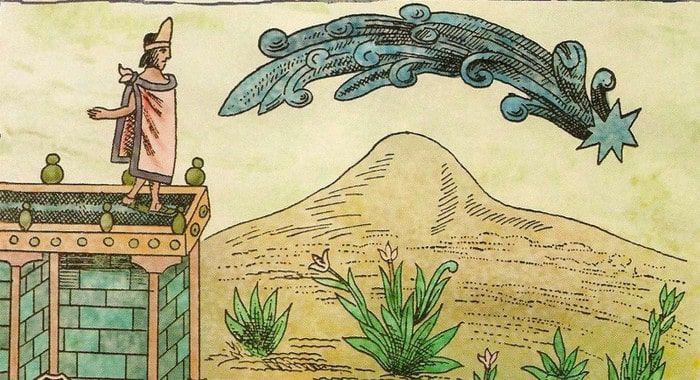
For his part, Pastrana indicates that the part of the Tetzahuitl form of the Nahuatl historical discourse and "as a manifestation of the gods or as a simple extraordinary event, it was, for the ancient Nahuas, part of the same dynamic of the world and as such is present in the historical narratives".
However, other perspectives suggest that the prodigies related to the Conquest of Mexico are found in sources that are considered historical reconstructions that seek to somehow justify what happened in the Conquest by emulating Western models of omens related to great moments in human history, such as the conquest of Rome or the fall of Jerusalem.
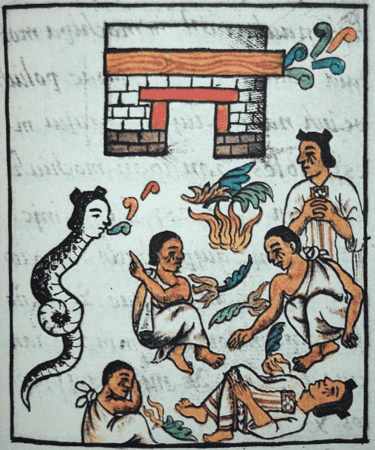
This is also a position that is evidenced by the researcher Berenice Alcántara Rojas, who highlights the influence of the Christian interpretation of the end times transmitted to the indigenous people through evangelization. Alcantara states that the Nahuas of sixteenth-century New Spain were familiar, thanks to doctrine, with the idea of the portentous signs that would announce the end of time.
Likewise, she does not hesitate to mention that the Nahuas who collaborated with Friar Bernardino de Sahagún knew the stories of the falls of the great empires and the omens that announced their decline; for this reason, she explains that at the time of undertaking the elaboration of the Florentine Codex they added elements and symbols taken from other stories and mixed them with Mesoamerican symbols related to the Tetzahuitl.
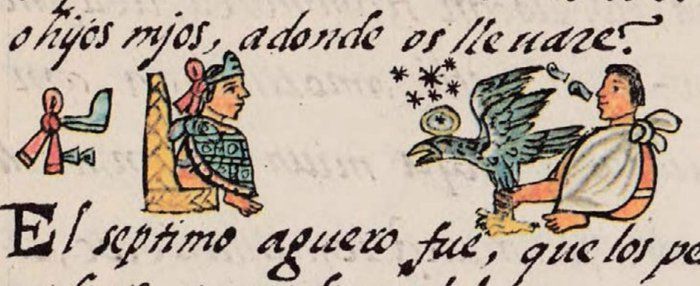
"By associating and linking Christian and Mesoamerican symbols, Sahagún and his Nahua collaborators managed to successfully inscribe the histor
y of the conquest of Mexico within the great drama of Christianity, showing us, in turn, how in the last third of the 16th century this event had acquired for the Nahua the scope of a true cataclysm", writes Alcántara Rojas.
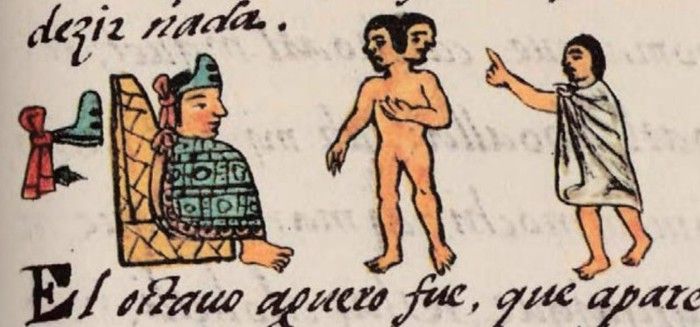
She also adds: "The omens functioned in the Florentine as a structuring framework to which the story of the conquest is attached, to emphasize, from a Christian and indigenous perspective, the end of one era and the beginning of another, the time in which Sahagún and the Nahua intellectuals who were formed in the College of Tlatelolco lived: the new time of the Christian Nahuas".
Source: Secretariat of Culture




